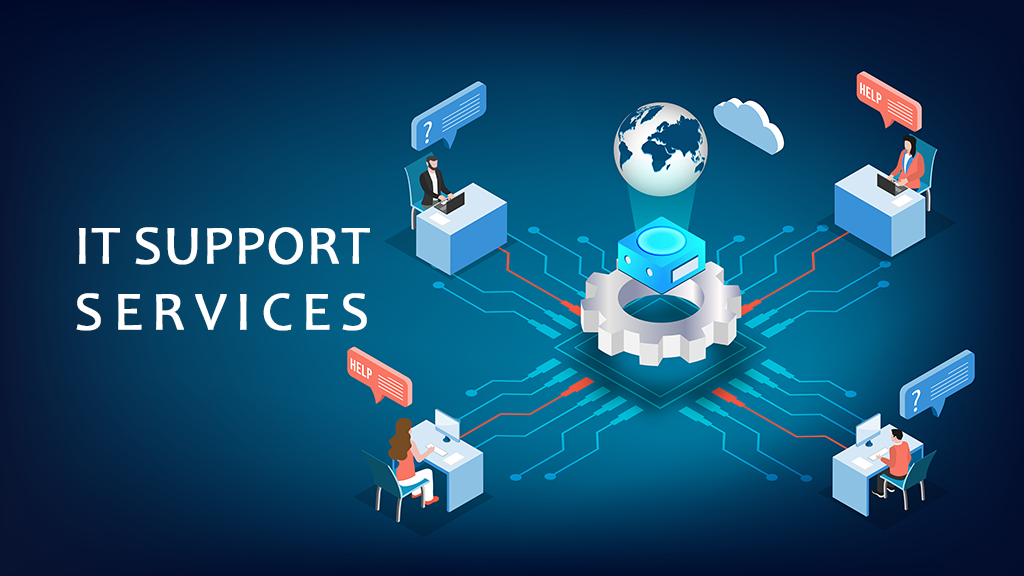
Creating a smart home is an exciting way to bring modern technology into your daily life. With connected devices, optimised networks, and streamlined control, smart homes can enhance convenience, improve efficiency, and even save energy. However, setting up a smart home requires more than just purchasing the latest gadgets. A strong understanding of connectivity, compatibility, and security is essential to creating a system that works seamlessly. For those new to smart home technology, seeking help from home tech support professionals can make the process smoother.
Start with a Reliable WiFi Network
Your WiFi is the backbone of your smart home, as all connected devices rely on it to function. A strong and stable connection is essential to avoid lag, buffering, or dropped connections. Placement of your router plays a crucial role. Position it centrally in your home, away from walls and electronic interference, to maximise coverage. For larger homes or those with challenging layouts, a mesh WiFi system can eliminate dead spots and ensure consistent speeds. Regularly updating your router’s firmware is another vital step to maintain optimal performance. If connectivity remains a challenge, consulting technological support services can help design and implement a network tailored to your home’s unique needs.
Choose Compatible Devices
Selecting the right devices is key to creating a smart home that runs smoothly. Smart lights, thermostats, security cameras, and voice assistants are just a few options available on the market, but not all devices are compatible with every system. Sticking to a single ecosystem, such as Google Home, Amazon Alexa, or Apple HomeKit, ensures that your devices can work together seamlessly. Look for the “works with” label on products to confirm compatibility. If you’re uncertain which devices will suit your home, professionals can provide advice on choosing and integrating technology to match your goals.
Secure Your Smart Home
With the rise of connected technology comes the risk of security vulnerabilities. Ensuring your smart home is secure protects your devices and your personal data. Use strong, unique passwords for all devices, and enable two-factor authentication wherever possible. Regular software updates are also essential, as they often include security patches for known vulnerabilities. Cybersecurity can be a complex issue, and many homeowners choose to work with home tech support experts, like Peninsula Tech Support, who can evaluate potential risks and implement strategies to protect their systems.
Simplify Device Management
Managing multiple smart devices can seem daunting at first, but centralised control systems can simplify the process. Many smart home platforms allow you to manage everything from lights and thermostats to locks and cameras through a single app. You can also create automations, such as programming your lights to turn off at a certain time or setting your thermostat to adjust based on the weather. If setting up these routines feels overwhelming, experienced professionals can assist in customising automations to fit your lifestyle.
Future-Proof Your Smart Home
The world of smart home technology evolves quickly, so planning for the future is important. Choose devices that support over-the-air updates to ensure they stay compatible with new advancements. As your collection of smart devices grows, ensure your network can handle the increased demand. Professionals specialising in technological support services can offer insights into future trends and help you make decisions that keep your home ahead of the curve.







